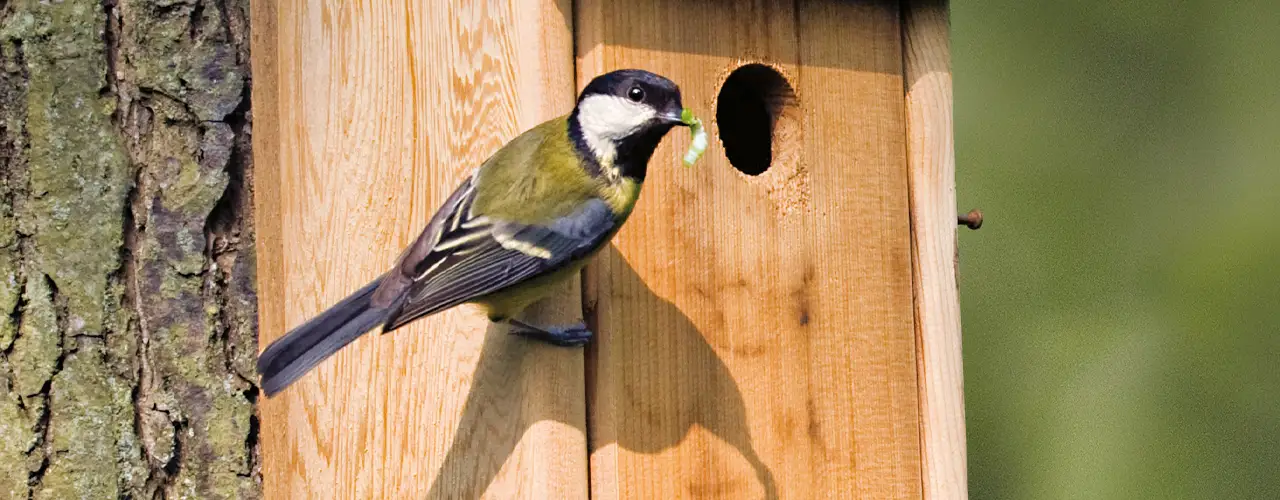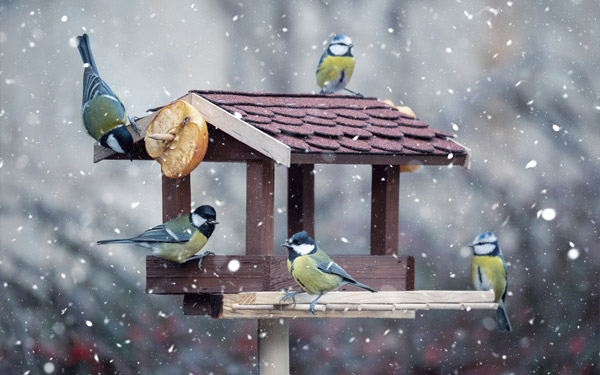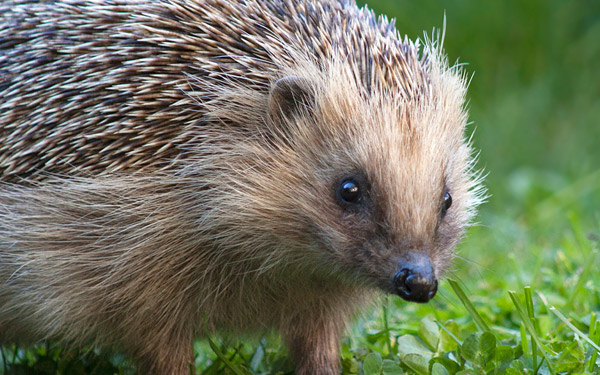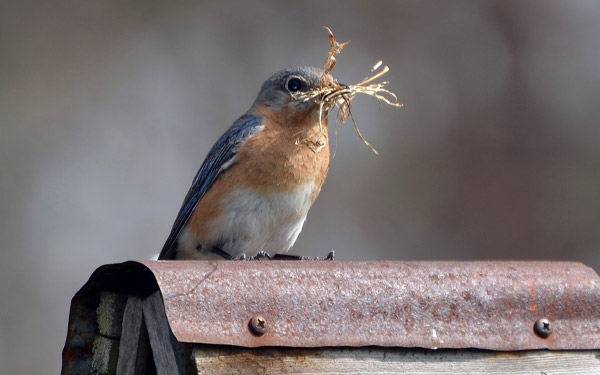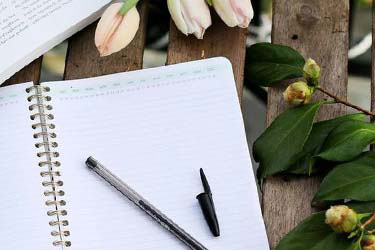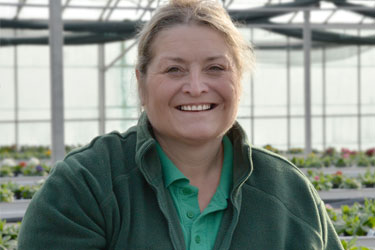Top tips for putting up a nest box
Top tips for putting up a nest box
Having a nest box in your garden can be very rewarding, but where and how you put it up is important for providing a safe and comfortable home for your feathered friends to nest in
What Type of Nest Box?
There are generally two types of nesting boxes most people put in their gardens; nest boxes with holes, which vary in size, and open front nest boxes. Nest boxes with small holes of about 25-28mm will attract birds such as Tits and some Sparrows, and ones with larger holes up to about 32mm will be good for Nuthatches, Woodpeckers, Starlings & other Sparrows. Open fronted nest boxes are great for Robins, Wagtails, Wrens and Spotted Flycatchers. There are also more specialist next boxes available, with even larger holes for Doves and some Owls, oval shaped holes for Swifts, cup nests for Swallows, and nests to go under the eaves of a house for House Martins.
How High Up?
This varies slightly depending on the type of box and the birds you're hoping to attract, but a good rule of thumb is 1-3m high. Blackbirds, Robins and Wrens prefer a box slightly lower, about 1.5-2m high, Starlings, Sparrows and Tits 2-4m high and larger birds like Woodpeckers and Owls will want a box 3-5m high. If there are cats in your area then a box will definitely need to be at least 2m from the ground.
Foliage and Flight Paths
It's important that nest boxes with holes are not sited where foliage will grow in front of the hole because the birds will need a clear flight path to the hole. Open front nest boxes are best hidden from view, on a wall or fence that has creepers and shrubs growing against it.
Sheltered Location
Nest boxes are best sheltered from the weather, protected from the prevailing wind and rain. The box should be positioned vertically or angled slightly downwards to prevent the rain getting in. It's also best to avoid a location in direct sunlight or on a south facing wall as this could result in the box getting too hot during the day. As well as the weather a bird box will also want to be sheltered from other birds, away from other nest boxes which could cause aggressive behaviour, and away from bird baths and feeders as the high amounts of activity near these will disturb nesting pairs.
Protect from Predators
We mentioned keeping nest boxes out of reach of cats before, but also consider that cats will jump off items nearby and love to climb on top of fences and sheds and will try to reach down to boxes. Even in an area without cats, squirrels can cause similar problems too.
Bust the Rust
Use stainless steel or galvanised screws when putting up a nest box so they won't rust. If you're fixing the nest box to a tree then galvanised wire can be used to hang the box from a branch or tie it to the trunk. Inspect the fittings regularly, the last thing you want is a nest box falling while in use!
Caring and Maintaining a Nest Box
It's best to avoid disturbing a nest box while it's being used by a nesting pair, you may be tempted to have a peek inside, but you really shouldn't. You can clean out a nest box once a year in the autumn, in fact it's illegal to do so before September and after the end of January. Before cleaning a nest box first make sure it's no longer in use as some species do nest through September, and if you're not sure wait a little longer and keep an eye on it for activity. To clean a nest box empty it entirely and then use boiling water to kill any parasites, do not use any insecticides or flea powders. Make sure the box has thoroughly dried out before putting it back in place.

